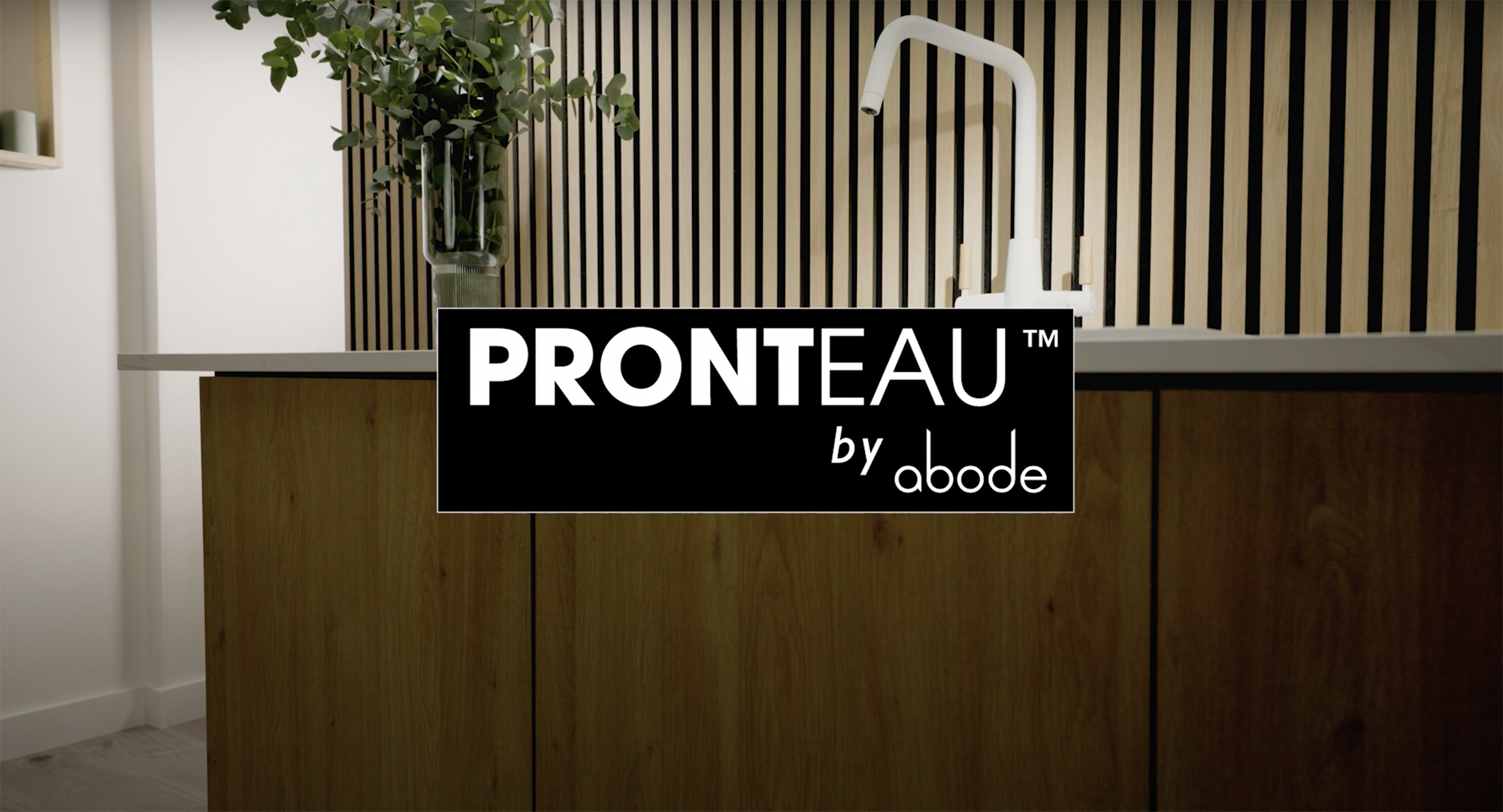Former president of the Chartered Institute of Plumbing and Heating Engineering (CIPHE) and owner of Albert Williams, Paul Williams says bathroom designers need to concentrate on clients and their room, not just sales commission

As a plumber, I’ve found designers sometimes don’t design a bathroom to meet the needs of the consumer.
One example is a job I went on where the designer specified a bath but the elderly customers couldn’t get in and out of a bath.
Sponsored Video
When I visited the house to estimate the job, and had a chat with them, the bath was the last thing they wanted.
The designer hadn’t done the basics like questioning the client to find out what they wanted and what suited their needs.
I also fitted a bathroom where the designer had positioned a radiator by the shower door and the distance opening between the shower door opening and the radiator was 325mm.
I looked at it and said to the consumer “you could squeeze in but I would be burning my front or back every time I get in and out.”
It’s the fact that salespeople who design bathrooms are looking at the bottom line, and not what is best for the customer. They focus on what is best for their profits.
They go into a salesperson mode rather than a designer mode for a customer.
Sometimes a designer can focus too much on the ‘pretty picture’ of the end result.
But it can mean a basin is positioned so far away from the toilet, you’ve for to walk to wash your hands.
It’s actually about a balance of having the room pleasing on the eye, but also feeling comfortable to use for the consumer.
I wonder how many designers go back to see their finished project?
Designers could consider small things, like hiding the toilet behind the door when it is opened, so you can show a feature wall.
And I’ve had a debate with advertisement people when manufacturers show a shower on the shortest side of the shower tray – the width of the enclosure – rather than using the length.
If a shower is the only thing in that room, then is should be on the longest side of the tray and enclosure, using the length, to give the customer more room to wash.
I would say designers should chat with the installers you are using, or who you know, to find out any project faults and find out what can be done to rectify the design issues.
Because if consumers like to spend time in the bath with candles, but are unhappy with some aspect of the room, then they will never relax in their ‘at-home spa’.



